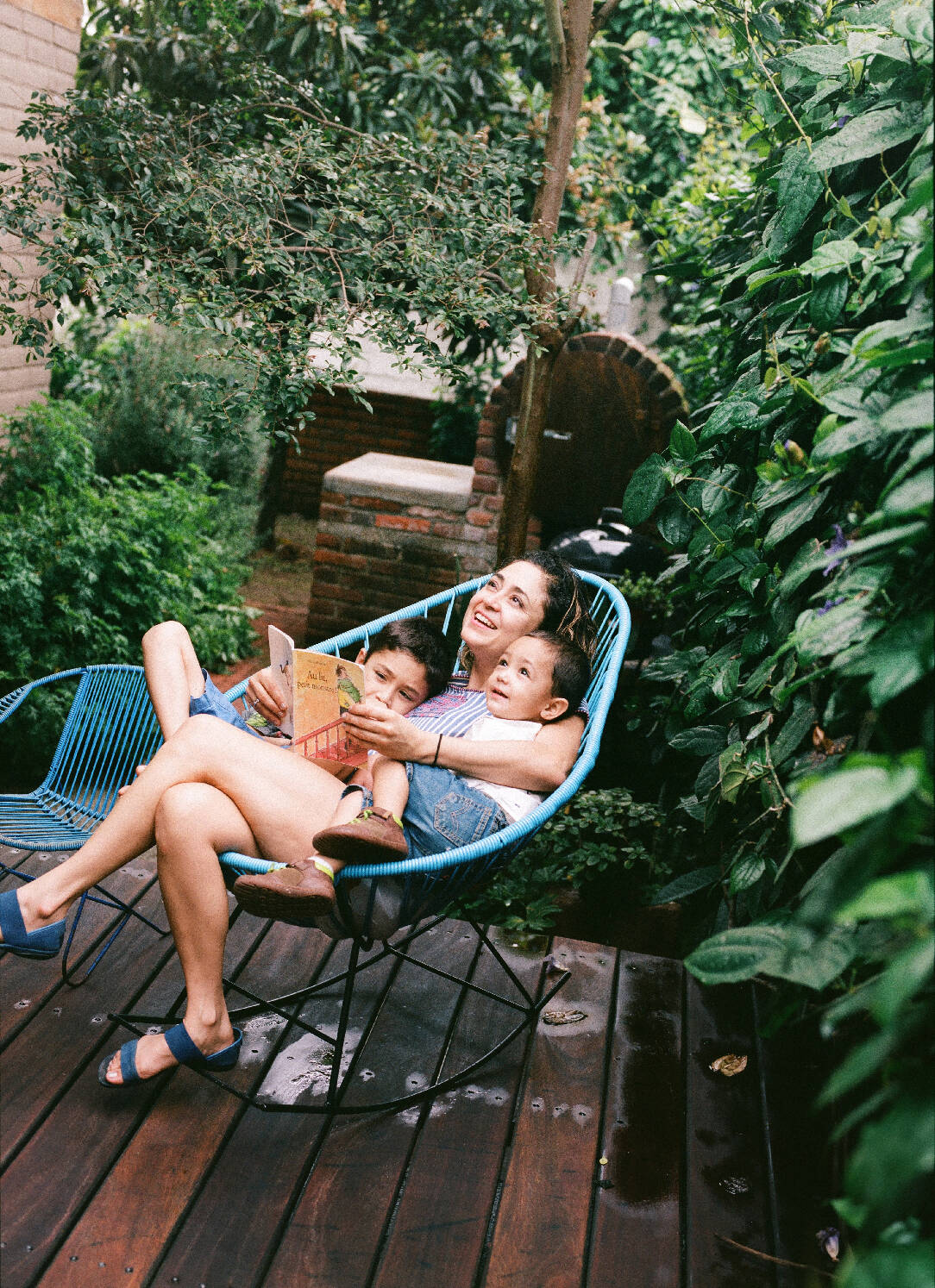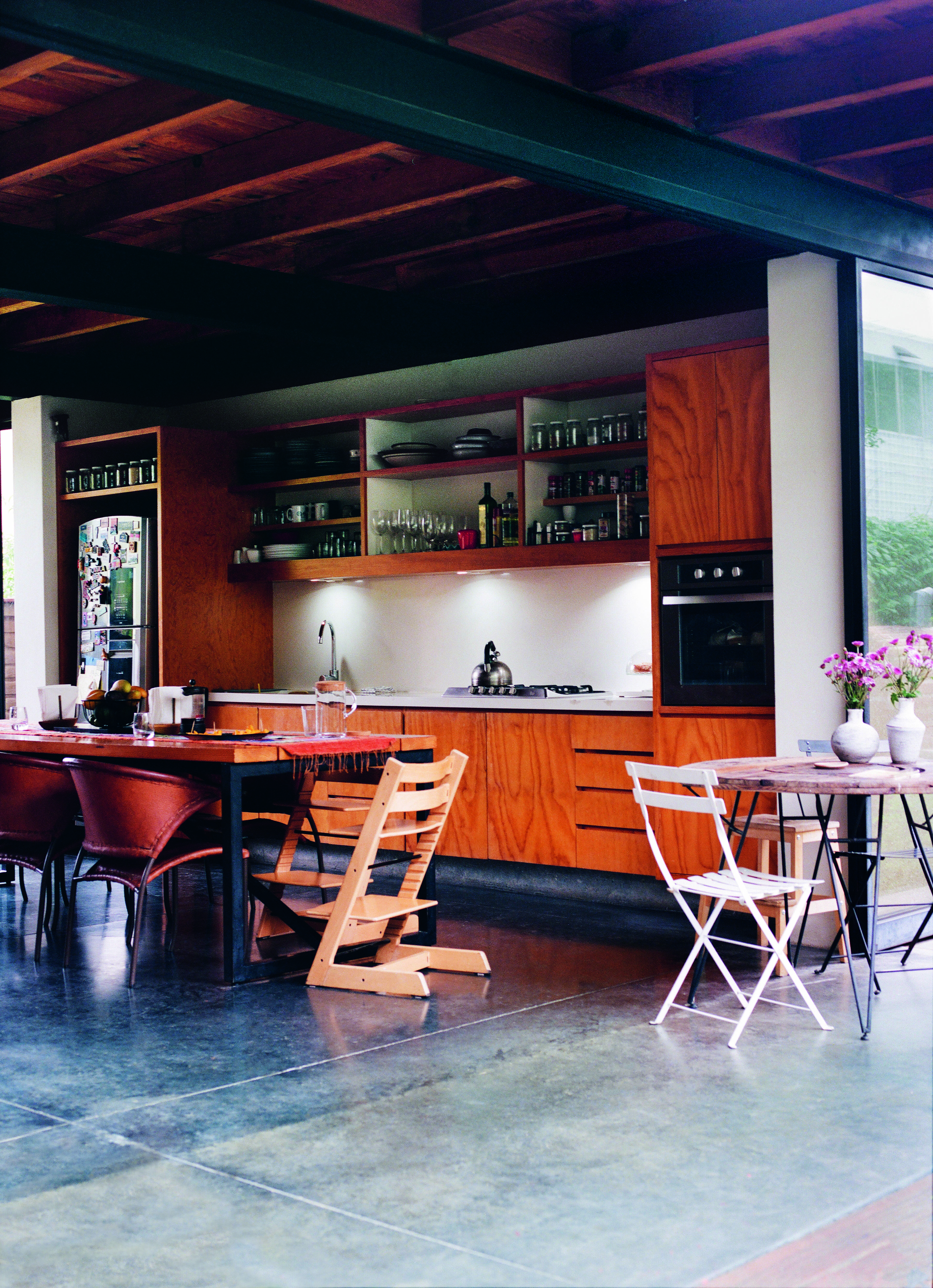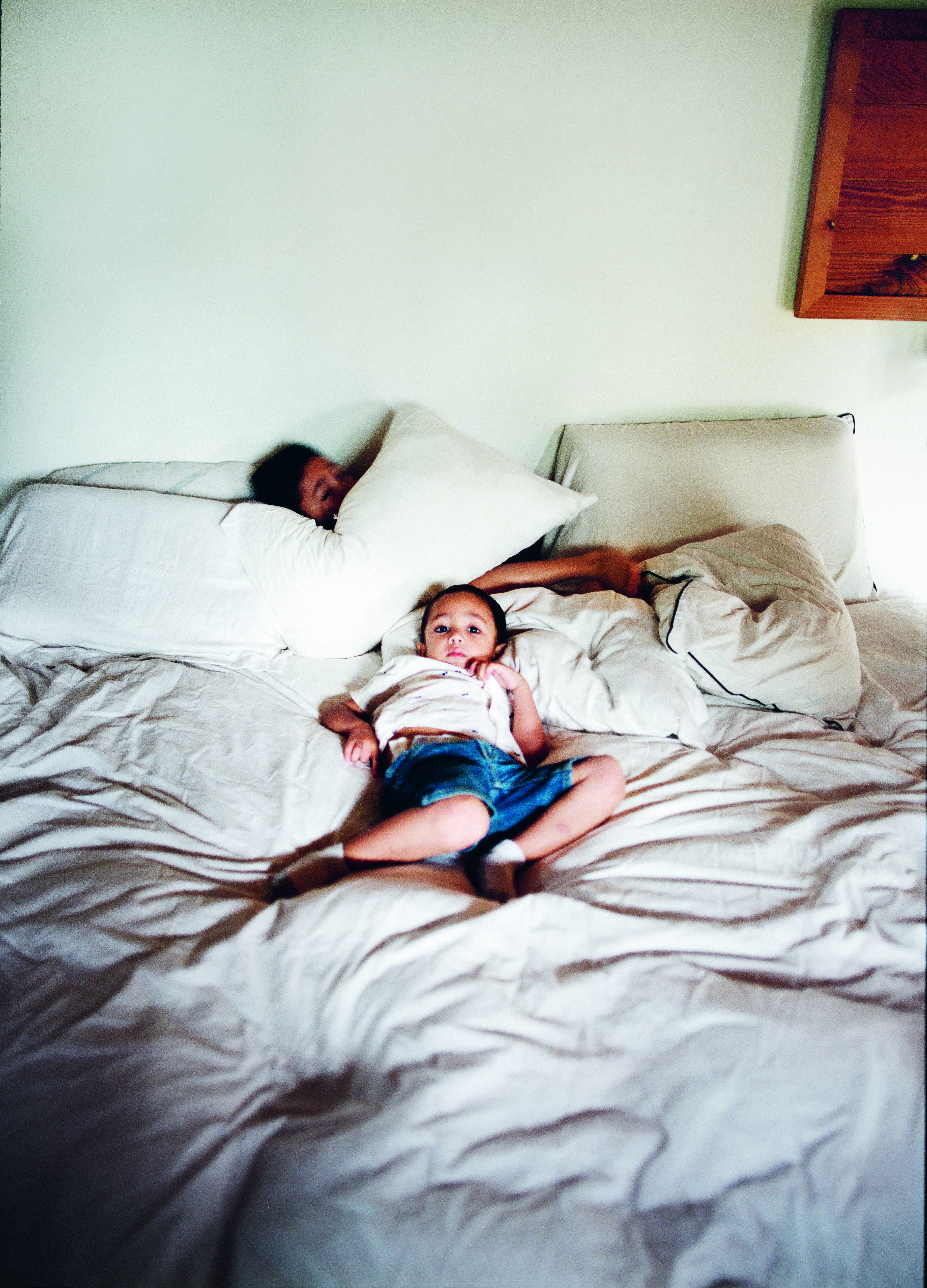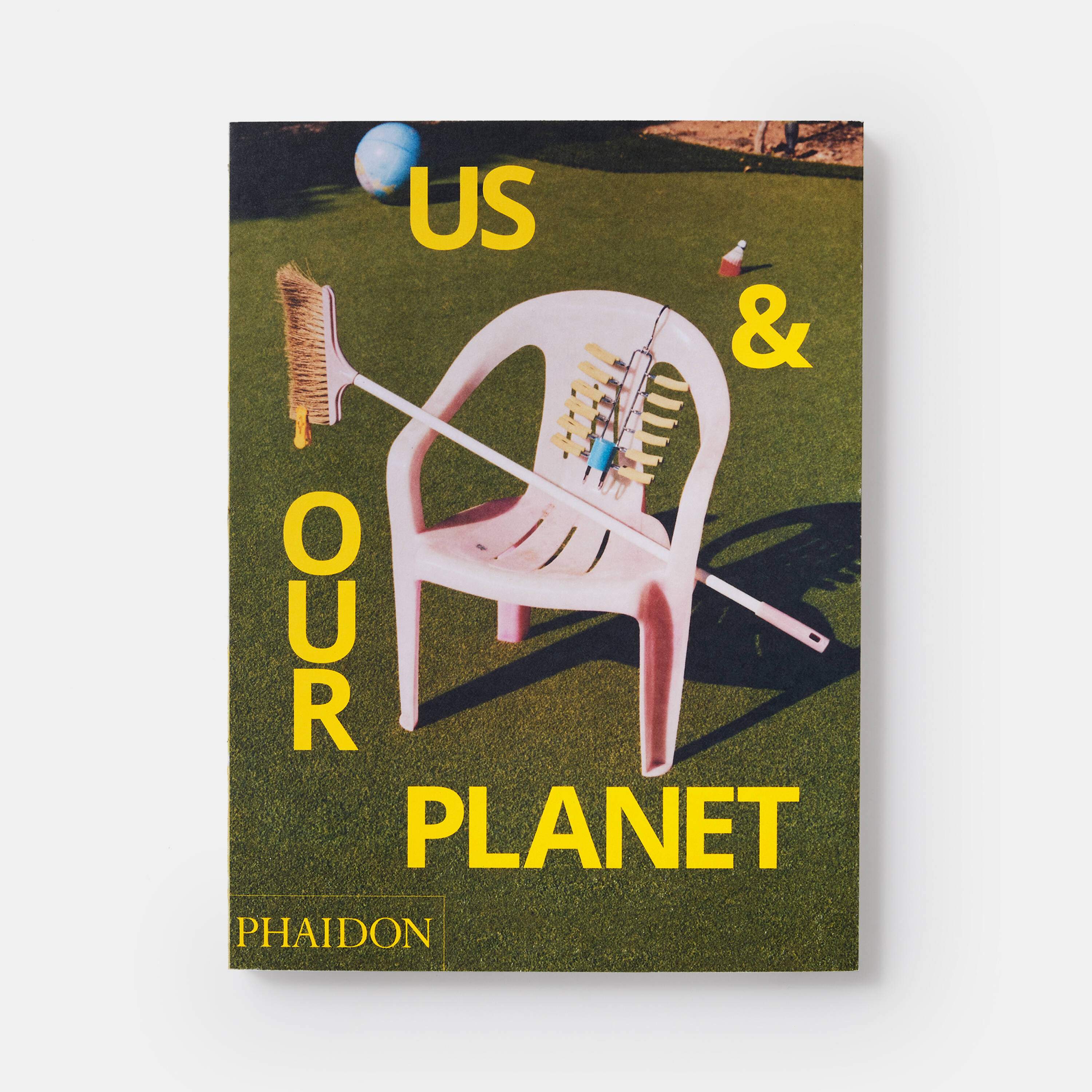
What one eco architect taught IKEA about Us & Our Planet
The Earth Nest, a newly built family dwelling in Mexico, demonstrates how beauty, ambition and environmental concerns can get along very well
Is the future bright? Perhaps - though sometimes the colour scheme looks a little more muted. Our new book, Us & Our Planet, considers how we might live good, fulfilled, well-balanced and sustainable lives in the coming years. The publication is produced in conjunction with IKEA, and its format is informed by the Swedish firm’s research technique of Home Visits, or trips to domestic spaces across the world to see how people are living today. In some instances, we can see how life is changing in the world’s great metropoles, as progressive, tasteful home makers create compact, rich dwellings that suit them and our growing environmental concerns.
However, one visit to a newly constructed home in a less densely populated district of western Mexico, illustrates how old and new technologies come together beautifully to address current challenges.
Architect Mauricio (Maiz) Rodriguez lives with Gabriela Martin and their two children Pablo (7) and Samuel (3), near Guadalajara, where they have, as author Maisie Skidmore puts it, combined “innovative eco-technologies from solar panels to water filters with age-old materials such as adobe mud bricks, compost and sawdust, to create a home that is as gentle on the landscape as it is on the eye.”/ \

The Rodriguez-Martin family home, AKA The Earth Nest. Photography by Pia Riverola
Made primarily of adobe mud bricks, clay, rammed earth and wood, the couple’s home sits on a modest plot of land that was once part of a family farm on the north-western outskirts of this Mexican city.
“El Nido de Tierra, or ‘The Earth Nest’, as it is called was built gradually over several years – first to house the couple, and later to accommodate their two young sons, seven-year-old Pablo and three-year-old Samuel,” explains the book. “The home radiates a feeling of warmth and comfort, in part due to the generosity of its main, central space: an open living-dining area framed by large sliding glass doors, which gracefully dissolve the distinction between inside and outside.”
It wasn’t a straightforward project for the couple. Their builders didn’t believe the plans would work, and they’re still figuring out how to harvest rainwater effectively from the roof’s guttering. Yet they love the place.
“We were always really concerned about climate change, but we didn’t want to get stuck focusing on the bad things happening in the world,” says Martin. “Instead, we wanted to ask ourselves what was possible. I mean, the ideal is one thing, but what is actually possible? We always thought, 'if it's up to us to do something, let’s do it.'"

The Rodriguez-Martin Family. Photography by Pia Riverola
IKEA’s designer Karin Mobring may have had similar considerations in mind when she created NATURA, a striking yet refined armchair in solid pine and tanned leather, launched in 1977. It’s a beautiful, sought-after piece, with clean lines and great craftsmanship, yet NATURA’s name, and its use of sustainable wood and animal hides demonstrate “the design world’s shift towards a more environmentally conscious approach in the latter half of the 1970s, following the plastic boom of the previous decade,” explains our new book.

Unconventional at the time, NATURA is now a highly prized classic, and like The Earth Nest, will be accommodating those with an eye for beauty and a feel for the planet, for many years to come. To find out more about both of these works and much more order a copy of Us & Our Planet here.